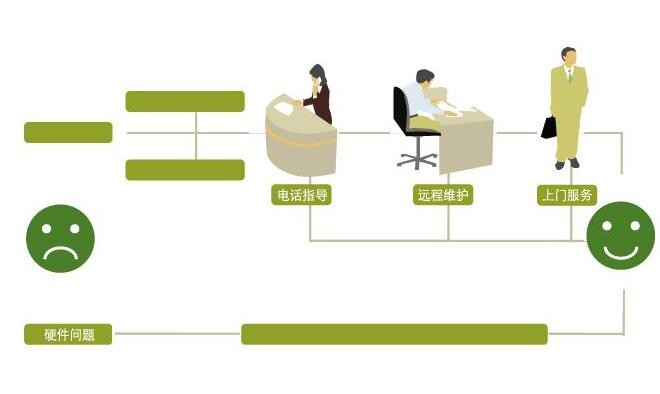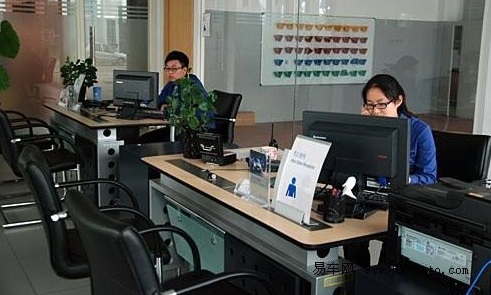The essence of the translation process lies in the delicate balance between quality and quantity. This article aims to explore the concept that quantity is more important than quality when it comes to English translation techniques. By analyzing four key aspects of translation, this article will provide a comprehensive understanding of why quantity should be prioritized over quality in translation.

Translation is a complex task that requires extensive knowledge and skills in both the source and target languages. While the importance of producing accurate and high-quality translations cannot be denied, focusing solely on quality can often hinder the efficiency and productivity of the translator. Instead, adopting a quantity-oriented approach can bring about several benefits, including improved language proficiency, increased creativity, enhanced problem-solving abilities, and expanded knowledge base. Through a closer examination of these aspects, the argument for quantity over quality in English translation techniques will become apparent.

Translating a large volume of texts provides ample opportunities for language practice and helps translators develop a better command of the target language. The more texts translators work on, the more exposed they become to various vocabulary, sentence structures, and idiomatic expressions. This exposure fosters a deep understanding of the intricacies of the language and cultivates a fluent and natural translation style. Additionally, quantity-driven translation allows for continuous learning and improvement, leading to a solid foundation of language proficiency.

In addition to language proficiency, translating a higher quantity of texts also enhances translators' writing skills. The act of processing and expressing complex ideas in two different languages requires precise and concise writing. By consistently engaging in large-volume translations, translators refine their ability to convey meaning accurately and effectively, allowing them to produce high-quality translations in the long run.

Translating a large quantity of texts encourages translators to think outside the box and be more creative in their approach. While aiming for quality often leads to rigid adherence to established translation norms, quantity-driven translation opens up possibilities for experimentation and innovation. The continuous exposure to perse texts challenges translators to find creative solutions for various linguistic and cultural obstacles, pushing them to break free from conventional translation patterns and explore new avenues of expression.

Moreover, the accumulation of numerous translation projects expands the translator's repertoire of translation techniques, allowing them to draw on this extensive pool of resources when encountering difficult translation tasks. The ability to employ various creative techniques enables translators to tackle complex texts with confidence, resulting in higher-quality translations.

Working on a large quantity of translations equips translators with valuable problem-solving skills. Each translation project presents unique challenges that require critical thinking and analytical reasoning. By continuously engaging with a high volume of texts, translators develop the ability to identify and overcome linguistic, cultural, and technical hurdles efficiently.

Quantity-driven translation trains translators to think on their feet and adapt quickly to different translation requirements. This dynamic problem-solving mindset fosters flexibility and adaptability, essential qualities in an ever-evolving translation landscape. Moreover, the experience gained from handling a vast array of texts equips translators with the confidence to tackle even the most demanding translation tasks.

Engaging in a high volume of translations allows translators to expand their knowledge base across various subjects and industries. The breadth of topics covered exposes translators to specialized terminology, industry-specific jargon, and subject matter expertise. This wealth of knowledge acquired through quantity-driven translation greatly enhances the quality of their translations.

By working on perse texts, translators also gain insights into different cultures, societies, and traditions. This cross-cultural understanding enables them to navigate the intricacies of cultural nuances, ensuring translations are culturally appropriate and accurate. Ultimately, the extensive knowledge base acquired through quantity-driven translation contributes to producing high-quality translations that resonate with the target audience.

In conclusion, quantity should be prioritized over quality in the field of English translation techniques. The benefits of quantity-driven translation, including improved language proficiency, increased creativity, enhanced problem-solving abilities, and expanded knowledge base, outweigh the potential drawbacks of focusing solely on quality. By embracing a quantity-oriented approach, translators not only deliver more translations efficiently but also continuously enhance the quality of their work in the long run.
标题:多少怎么写英语翻译(英语翻译技巧:量多胜于质)
地址:http://www.hmhjcl.com/xiyiji/120437.html

